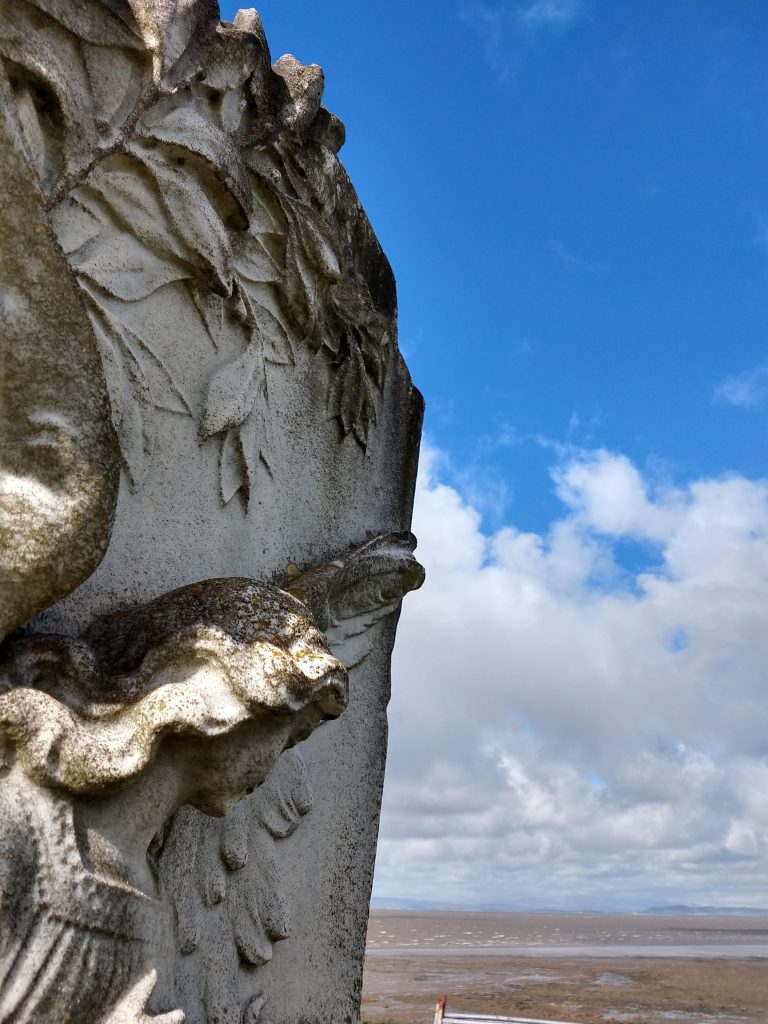
St Peter’s Church, Heysham. A small ancient church dating back from the seventh or eighth century, containing much of the original Saxon building, the base of an Anglo Saxon Cross still sits neatly outside, so anciently precisely intricate it looks like a replica from B and M Bargains.
Some of the graves are so old and of such ancient soil, so close to the small cliff that the headstones have occasionally toppled during a storm onto the rocky beach below.
Then closely, so closely lies other ancient ruins, St Patrick’s Chapel, from around the eighth century but crumbled away now, no new additions over the centuries, just its old old bones with more ancient graves that lie, wait for it, next to other ancient graves, those of supposed Vikings and given their prominent stone hewn graves, Vikings of great ancestry and worth, one of the first Christian burial sites in this country.
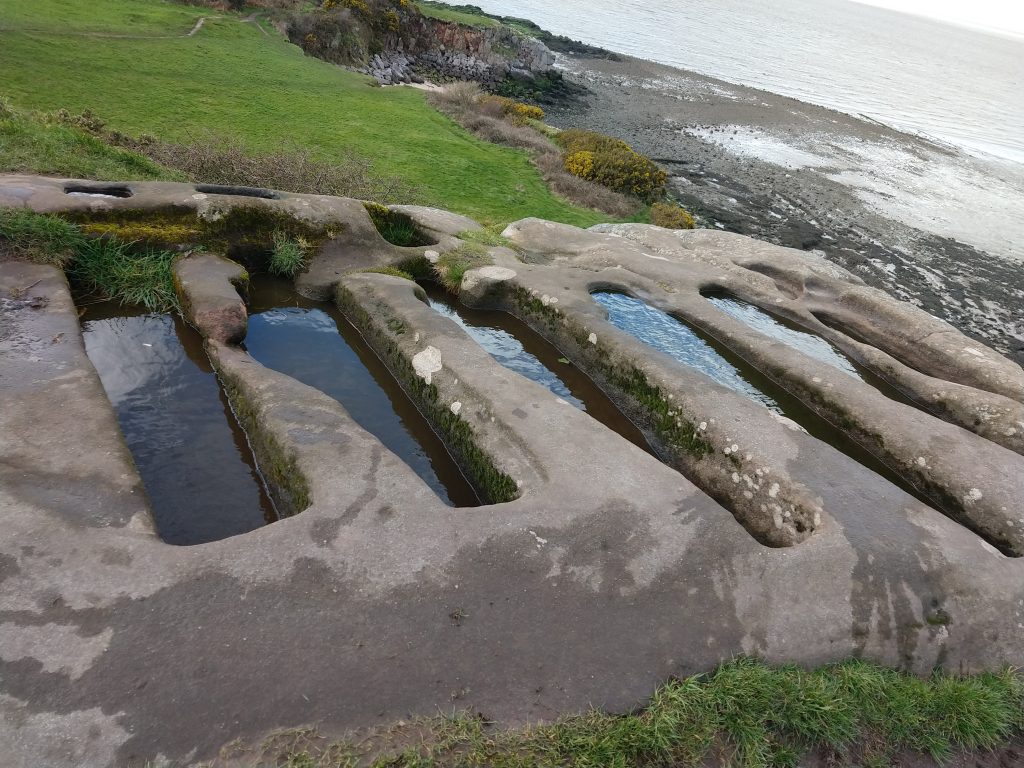
This area has been occupied since over twelve thousand years ago. Twelve thousand. I had to check to see if an errant zero had entered the equation. Then I checked again just to be sure.
Twelve thousand years of living and dying by this small outcrop on Morecambe Bay, the view pretty much the same if we turn our heads from the white rectangular carbuncle of the nuclear Heysham Power station squatting so closely along the near horizon.
An alleged Druid altar along with its associated verse and curse of provenance unknown, possibly roughly translated from Old English, lies in the nearby Rectory Woods.
“Whose hand but once upon the altar lay
Must farm the curse that ever lasts of
Those whose sinful price to pay”
Many people who come to visit Heysham are unlikely to even know of the Druid stone, let alone the curse attached to it but it is said that many old locals treated it with much reverence and fear, never laying a hand upon it. I strongly suspect it is not treated with the same respect at this time of writing and possibly smells of dog piss. It is also quite an ambiguous curse to be fair. Ambiguous curses are the best though, akin to trying to get a refund for a broken phone and then being thwarted in the complicated mire of a refund system and you stop knowing who is wrong and who is right so you just shut up and use that old iPhone in the drawer with the missing microphone because it is easier and you are now scared you are somehow wrong and They are right and don’t want to seem any more stupid to the bigger darker forces above you. You are just probably cursed. Deal with it.
One thinks of Vikings as being huge and terrifyingly formidable figures.
The Viking graves here at the very edge of the cliff are so surprisingly petite. People were smaller many centuries ago as anyone tall will attest to when paying twelve pounds to viciously smash their head on an ancient oak lintel on a National Trust property- but these were Vikings!
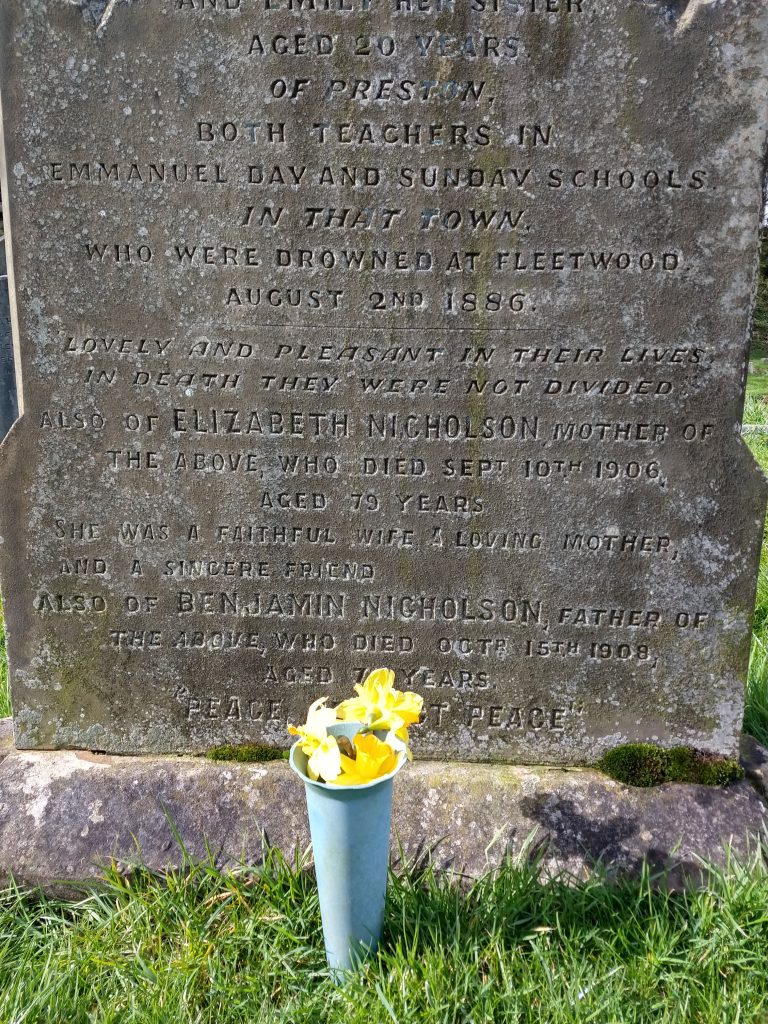
Vikings don’t bump their head when raping and pillaging, they can’t be the size of Kylie Minogue! ( Other more current diminutive figures are not available to the author at the time of writing)
As someone who has had to involuntarily suffer chihuahuas however, sometimes the smallest are the most vicious.
Or maybe the poor ancient people who had to carve graves in this hard hard granite underestimated the size of the warriors or they just buggered off early; it’s a furiously cold and windswept area here, seems to have its own small vicious climate even on the most clement of days and even when you are garmented in the best of the best modern unnatural and unflattering fabrics.
The Viking graves are famous for being on the cover of ‘The Best of Black Sabbath’ (2000) but obviously look more scary and regal on the cover. Not filled with murky rain and nearby signs that some very very naughty teenagers recently had an excellent unsupervised time here and really made the most of it. Other historical sources however state that the graves were too small to be graves, let alone Viking graves and were mere repositories for tenth century bones of worthiness.
St Patrick’s Chapel is crumbling gently away as from the eighth century, built of sandstone rubble and bravely faces the constant timeless awfulness of the Northern weather. There are enticing glimmerings of graves but such is their antiquity, all that can be seen are faded archaic crosses on slabs almost dissolving into the earth, the engravings now but undecipherable runic lines.
Back to St Peter’s Church. I arrive as a service ends. People smile, communicate, chat with the vicar as I walk around the surprisingly large graveyard surrounding the small neat church and gently climbing down towards the sea.
This graveyard lies between ancient and modern, along with the aforementioned Anglo Saxon cross; here is the ancient home of a beautifully preserved Viking hogback stone from the tenth century, now in the porch to protect it from the constant spite of the inclement weather.
Such ancient deaths and burials so close to graves where the flowers that decorate them have been bought here only a few hours before from families where those interred are such vivid real people, so closely gone that their favourite armchair is still in the same spot but sat on by different people, their hairs, their perfume still clinging in corners to their old home even when it is advertised on Rightmove.
Within this graveyard lies a cross attributed to Sarah Hannah Jones upon which is inscribed her fascinating ambiguous epitaph, Poet, Philosopher and Failure and who died on September 5th 1909. I try to find more information on her but the past decides to lie buried this time.
The surrounding sea has claimed many lives here, this is a graveyard that has frequently buried unknown washed up strangers along with the known prestigious families of the area and the paupers.
The Ocean Monarch
It is surprising but perhaps indicative of the habitual danger and tragedy that resided in travelling by ship or boat at a time before long range weather forecasts and more stringent safety checks, that the life and death of the Ocean Monarch has been so forgotten about in modern times. It is also horrendously fascinating that not one but two bodies from the wreck moved so closely and imperceptibly together in death through waves, currents and turmoil, all the way from off the coast of North Wales to land so closely on such a tiny little forgotten outcrop of the Lancashire coast.
The Ocean Monarch went down in flames on the 25th August, 1848. The burials were on the tenth of September. My internet search for the name of Charles Curley, intrigued as to how his body was identified comes up with some ludicrous curly breed of dog and a ‘Labour Politician in trouble for saucy emails’ headline.
The desperate people on this emigration barque which was on its way back to Boston with its mostly Irish or Welsh passengers who boarded the barque at Liverpool had to choose between being burnt alive or drowning when it started to burn, so close still to home.
Reports mention mothers leaping into the black waters, their child in their arms so already handicapped and not many people had swimming lessons in 1848. Many people died when the great mast they were clinging to for salvation broke and smashed into the water along with its human cargo. Despite the efforts of other ships coming to her aid, and some great and romantic accounts of bravery and rescue, 178 people died although the amounts change depending on the source.
‘So great was the heat that the passengers, male and female, men, women, and children crowded to the fore part of the vessel. In their maddened despair women jumped overboard with their ofspring in their arms, and sank to rise no more. Men followed their wives in frenzy, and were lost. Groups of men, women, and children, also precipitated themselves in the water, in the vain hope of self-preservation, but the waters closed over many of them for ever.’ (From a description accompanying a painting of the wreck for sale at an auction in America- painted in 1848)
It seems something of an outrageous slander to the dead steerage passengers that Captain Murdoch (who did not go down nobly and romantically with his ship) blamed them, rather than another reported cause as mentioned in the Liverpool Mercury that a passenger, albeit again in Steerage, had mistaken a ventilator for a chimney.
He stated that the loss of the ship was a result of the steerage passengers’ smoking causing the fire, despite the fact that the wealthy on board certainly would also have been keen on the habit at this point in time.
From the Old Mersey Times, an aforementioned name with a different spelling and a hint of his life. John Curly from Massachusetts who was found washed up at Heysham Towers with a letter in his pocket that showed his identity along with the mention of other bodies washed up at nearby Blackpool.
The tragedy is also commemorated by the renowned maritime artist Samuel Walters whose work can still be seen on permanent display in his former home of Liverpool.
The remains of the Ocean Monarch still lies where she burned and sunk and occasionally gives up her treasures, old bone china kept safe from the elements as stored deep in her bowels.
I heard from an elderly woman that her family had arrived upon Heysham Beach upon driftwood, survivors from another shipwreck. I look for the name she mentioned, Mashiter, changed in the modern times to Macheder and so many graves pop up like mushrooms featuring the same name. I look up the shipwreck and the family name but nothing appears, this is one of those old family names now, whether they arrived on driftwood or not, the Mashiters appear in old documents, they were not a poor family, whether they worked their way up from a humble beginning remains uncertain. The class system being what it is and what it always was, it seems unlikely the name could become such a name of worth unless true money and old blood lay behind it, not a sodden undignified arrival on driftwood.
Drownings did not always happen far away. A caged tomb in St Peters Graveyard describes the death of two young girls, sisters, Agnes and Mabel Wright, 18 and 14, who went swimming together, swimming in the seemingly benign waters of Morecambe Bay, in a place where they could even see their home, Heysham Lodge, a safe place to swim, again so close to home but the tidal currents were not in their favour and they were buried on the 27th June, 1895.
Such a grandiose sombre tomb for such young lives. I looked at their grave on a sunny afternoon, a freshly deposited bunch of new spring daffodils had been carefully left on the altar slab. Someone was still thinking of them, had been here today.
Heysham Lodge, the home of Agnes and Mabel until that ill-fated swim became Heysham Head, a short lived amusement park and Pleasure Grounds. ‘The Wonderland of The North’ featured the first appearances of the puppets Pinky and Perky in 1956. History moves in mysterious ways.
It gets better- how the young sisters would surely have been delightedly jealous of how their austere Victorian home became a place of frivolity and delight. It was closed for a revamped and exciting new attraction, isolated coastal towns always have the constant need to change to become something else and quickly, they are at the periphery of a small season of consumer delight and the consumers likes and delights change quicker than the cold Northern wind.
‘‘My dad played trumpet in the theatre orchestras of Morecambe’s Winter Gardens and Alhambra theatres and I was a regular attender (we got comps!) but my favourite place by far was a few miles further down the coast, Heysham Head. For a mere sixpence admittance charge wonderland was yours. As well as cafes, slot-machine arcades and a small (and pretty grotty) zoo, there was a circus which alternated with ‘Prince Zonga’s African Village” . In the latter the painted and loin-clothed warriors did fierce tribal dances, ate fire and pushed needles through their cheeks without flinching. On stage they spoke a strange guttural language but if you came across them back-stage they all spoke English with a strong Scouse accent!-’’
‘Going further up the slope to the top of the hill was the cage of the Russian Brown Bear. We called him ‘Teddy’. He walked up and down the cage. I liked him, but always thought he stank a lot.’
In 1966 the new attraction opened, a mockery of an old English town, ironically enough in an ancient English town but now featuring such authentic delights as a bin in the shape of a monk. The bird zoo, Winged World did not last long despite having had a good success rate of breeding of rare birds , neither did the Go Kart track where it is said that Nigel Mansell used to practice. The establishment closed in the late 1970s and now ironically given back to nature, a place for birds to fly to and nest safe from gawking and poking, safe from being a cheap desperate seaside attraction and so close to the graves of Harriet and Mabel and their neighbours, the known, the unknown and the unknowable.
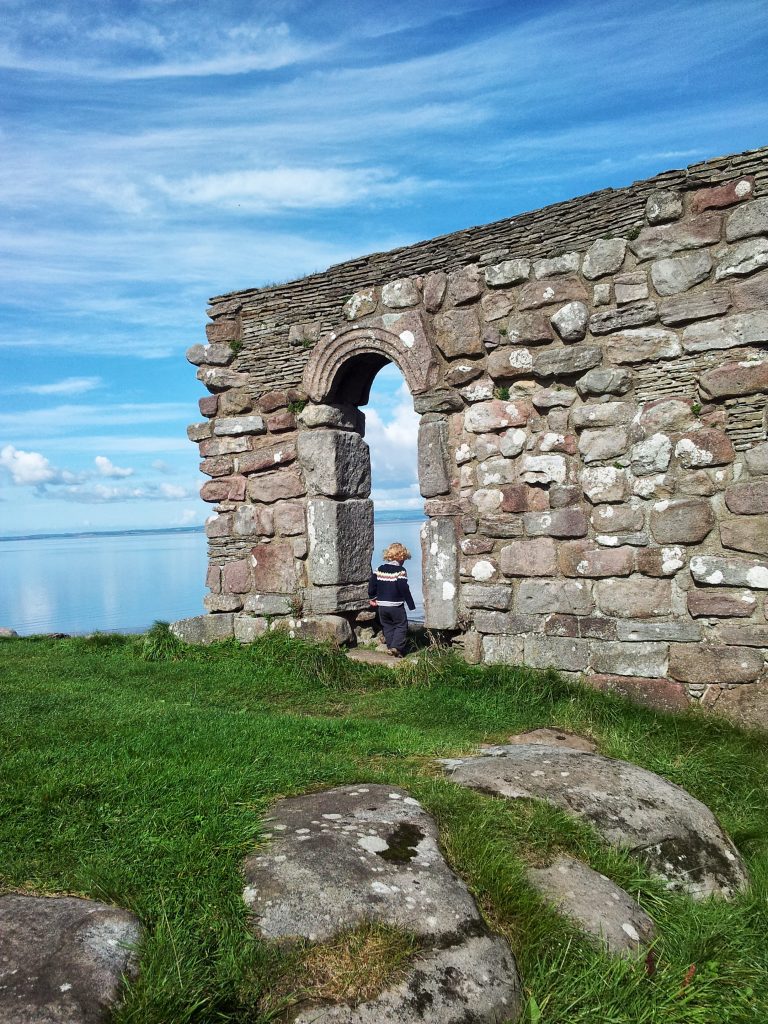
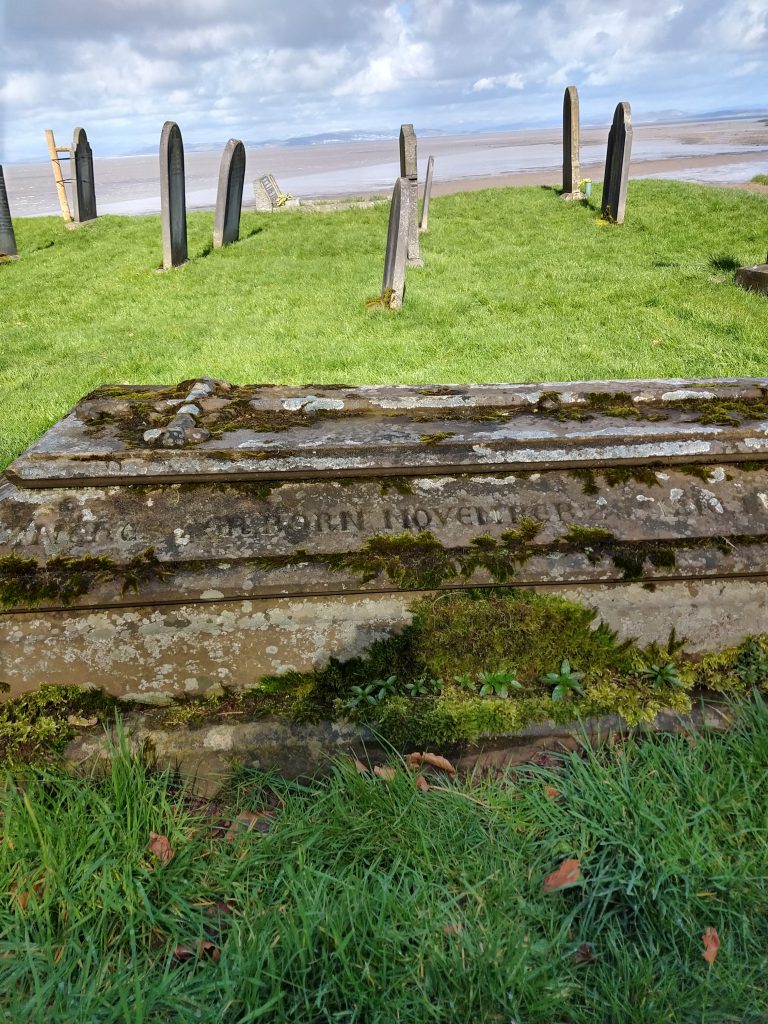
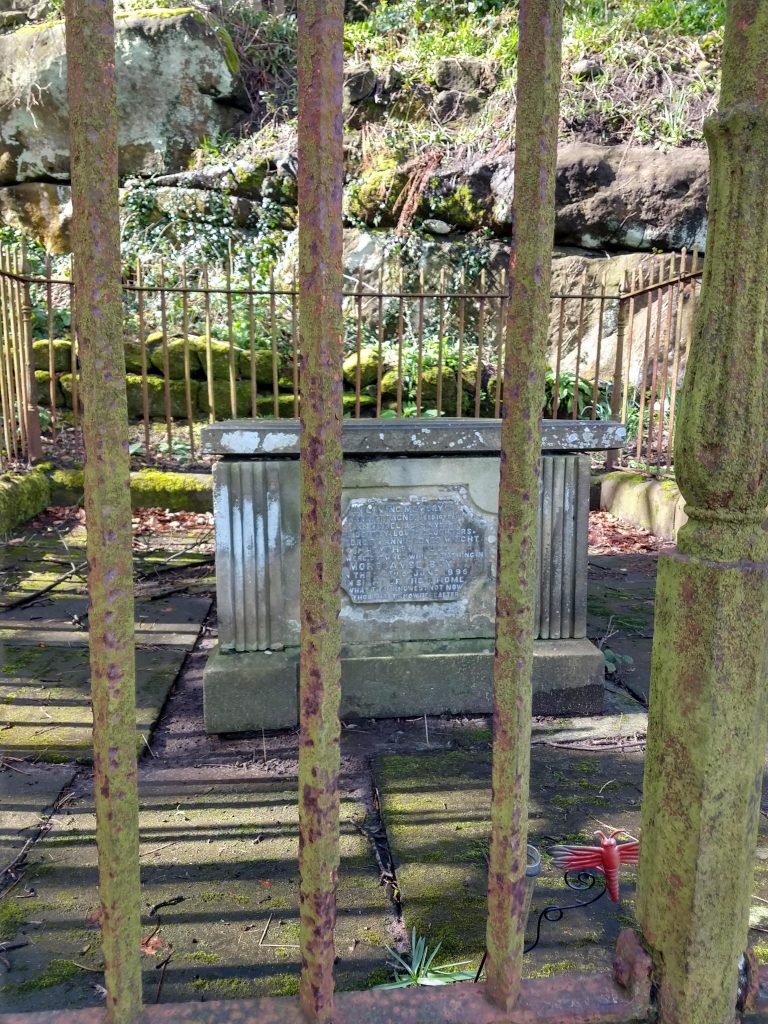
Great read. I was surfing for more info on my eighth great grandfather who was a Mashiter from Heysham and came across your blog. Very interesting I enjoyed the humour. I have to admit I do like a walk on the cliffs now and then and messing in the rock pools. Not sure where my Mashiters came from . One married a Dodgson and ended up in Clitheroe where my late father was born.
Thanks 🙂 Hope all goes well with your search- the British Newspaper Archive can be useful although you might just end up looking at all sorts of random curiousness. I miss rockpools and looking for interesting things on the beach- presume metal detecting not essential exercise anymore…thanks for responding, means a lot to know other people actually see my blog!
so enjoyed reading this article and I have been looking for information about the ‘Druid stone’ for ages.
I had come to think that it’s a taboo subject as so little is known and even less spoken of.
You only mention the one Stone, however, and yet there is another, smaller one nearby, both of which are becoming overgrown with moss and bramble.
Just below the old chapel is also a tiny cut out cave with a well carved cross inside. Again I can find no reference to that.
Thanks for the feedback and the info, will go back to Heysham when I am allowed and have another look 🙂
As well as the stone cross, a Celtic circle or labyrinth is carved at the very low tide mark below the cliffs. It is unknown who carved it, or when
Thank you, will go and have a look there when the tide is right!Many thanks 🙂
What a thoughtfully written, interesting blog. I have a fondness for photographing old monumental art and inscriptions in graveyards and visited Heysham some years ago. I remember being fascinated by the grave of Sarah Hannah Jones `Poet, Philosopher, Failure’. Wish I’d known about the alleged druid’s altar. I will seek it out if I get to visit again.
Equally fascinated by the story of Heysham Head and Prince Zonga’s African Village. As a Scouser the latter particularly cracks me up! Someone is selling a postcard on eBay of them, quoting your words here in their listing. Sadly too expensive for my purse, but you may be interested in taking a look. 🙂
Thanks so much, reading lovely comments like this makes me want to get off my are and write some more! Will look at the ebay thing- very intriguing- gravestones are wonderful thimgs to photograph and research,quiet peaceful tunnels into history 🙂
Very interested in the bear Teddy, very sad but does anyone know where I would get pictures
I grew up in Heysham and my family go back to the beginning of the written records for the area, so I assume they lived there long before that. I always knew about the druid stones along with the nearby caves in the same woods (as young teenagers we enjoyed visiting them at night in order to scare ourselves and each other). But nobody speaks about them officially and there is no information about them in the local history centre. I always wondered if we just made those stories up. It is nice to see here that we weren’t the only ones that believed the Druids used them. I have always been surprised they weren’t protected in some way.
It is fascinating that the oral folklore ursurps what is known- sometimes it best to rely on myth and legend rather than the more prosaic truth!
We have just purchased a property on Heysham Head at the back of the garden we unearthed a low wall with the remains of railings we were told it was the cage that Teddy the bear was in, my husband dug up a coconut shell could this be from this time, who knows
That is fascinating to hear! Although poor old Teddy- I wonder if coconut shells can be dated?
I have known about the Druid stones since I was a child. My grand parents lived at Downyfield, Overton. I was often taken to Heysham and shown the stones and the poor bear in a pit.
Sorry for lateness of reply- spam and spam settings are horrible! Thankyou for that info- the poor bear…